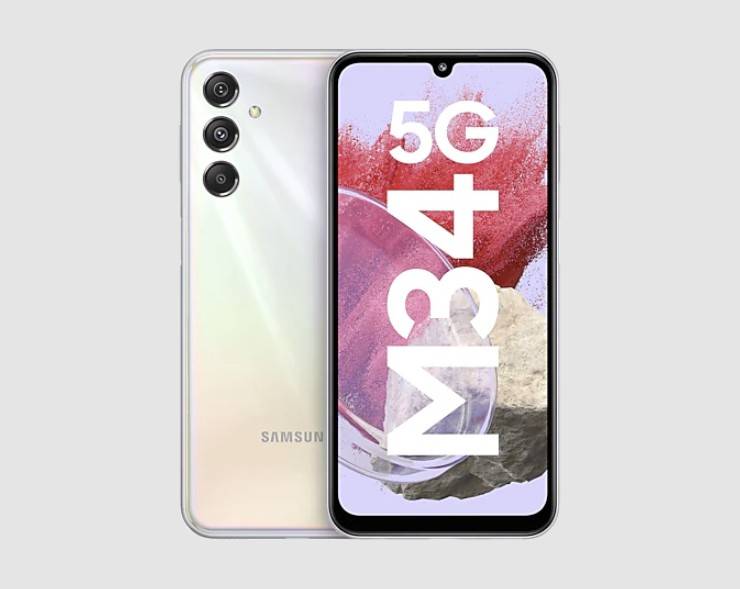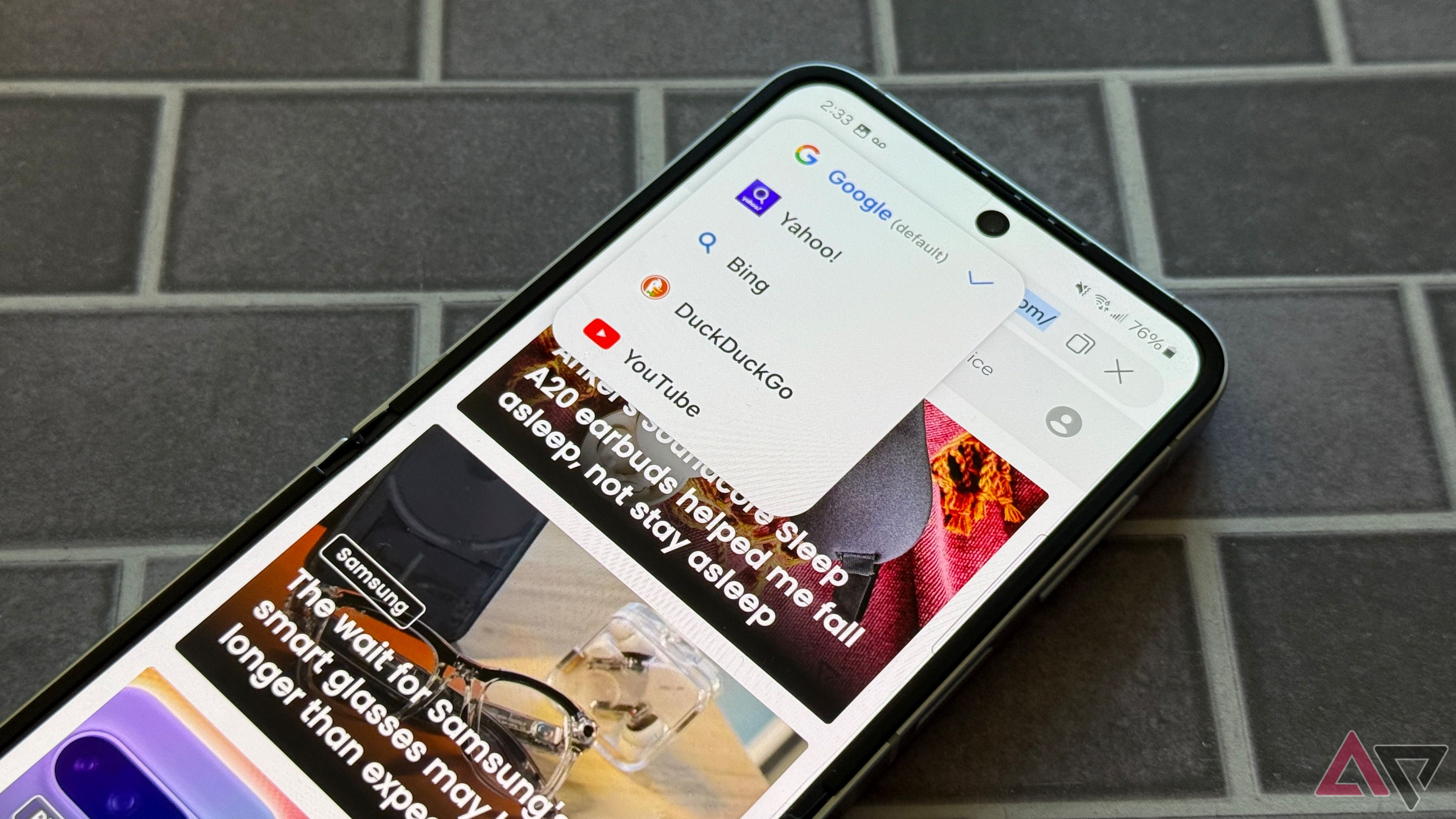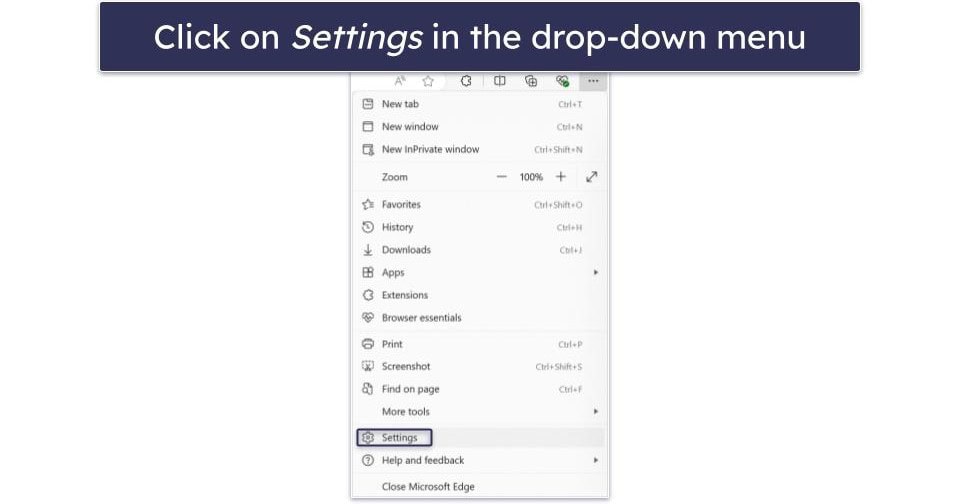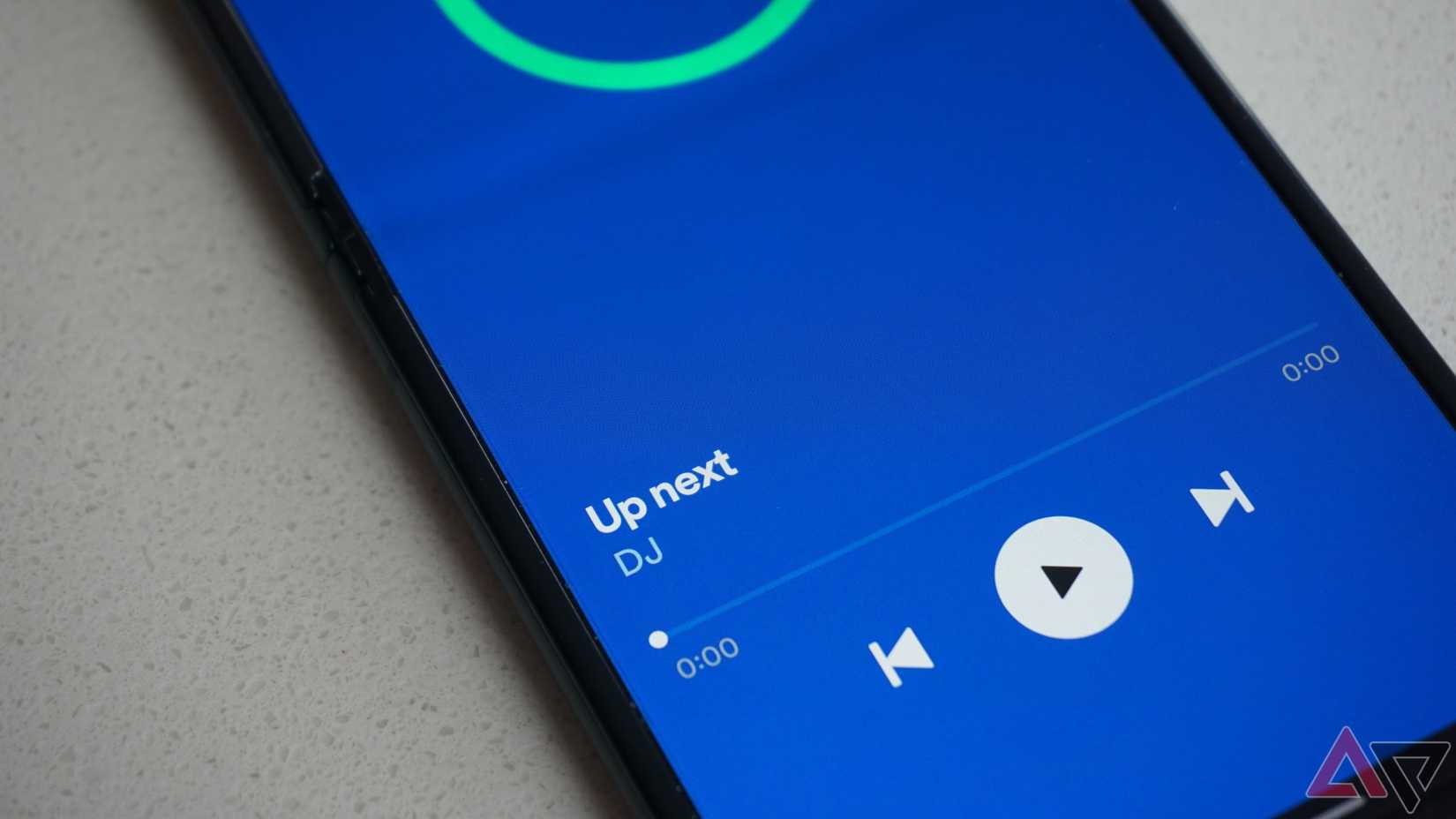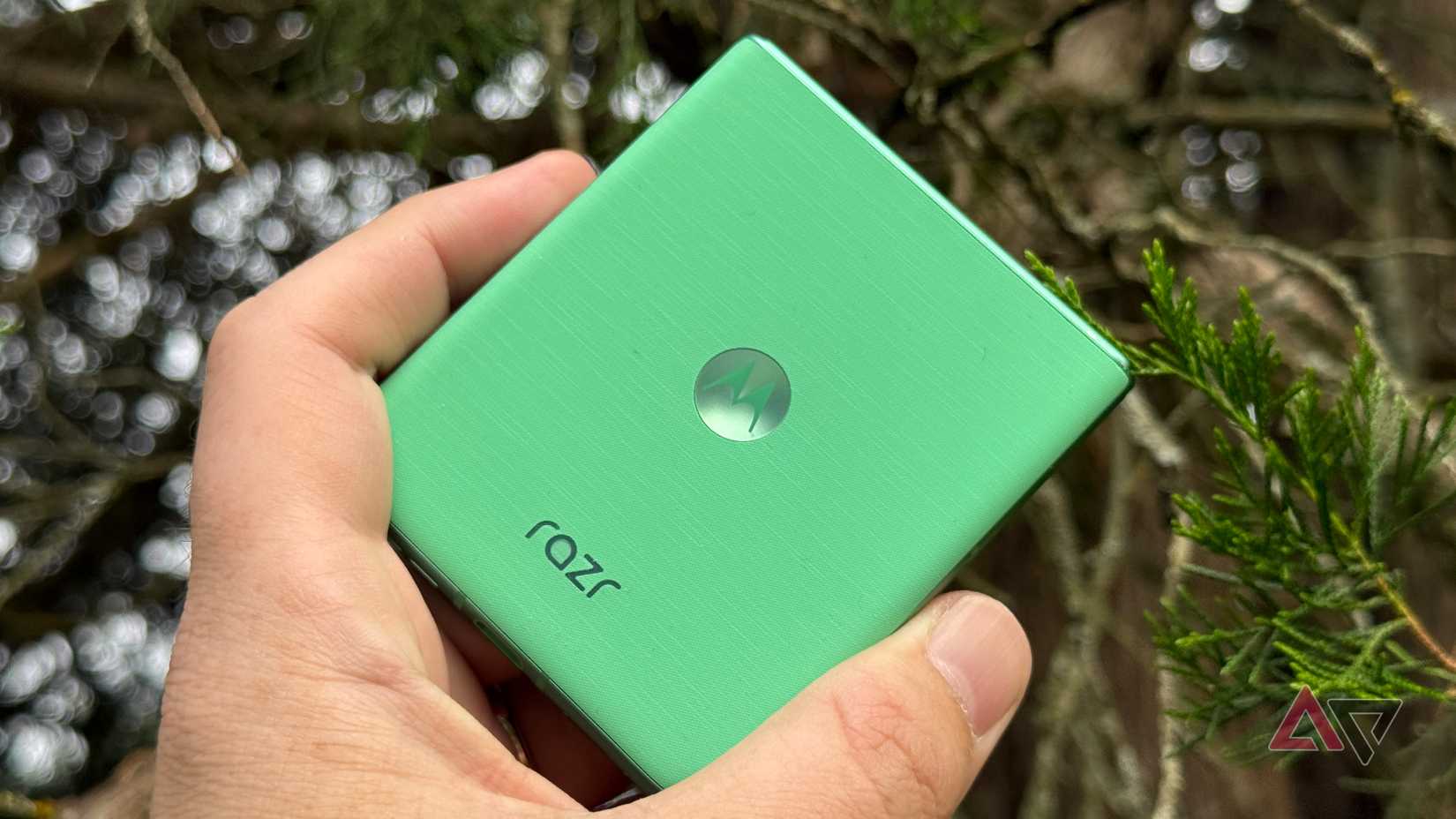As a long-time Galaxy user, I was bored with Samsung’s software. When One UI 7 arrived, I assumed it would be another iterative upgrade. I saw a few visual changes and some AI buzzwords, but nothing exciting. However, after installing One UI 7 on my Samsung phone, one feature caught my attention. The Now Bar revived my appreciation for Samsung’s interface. Let’s explore what makes this feature special.
A closer look at Samsung’s Now Bar interface
The Now Bar displays information at a glance on the lock screen and the always-on display. This pill-shaped overlay appears between the two shortcut icons at the bottom of the lock screen, within easy thumb reach. On the unlocked phone, a mini version appears in the upper-left corner of the status bar to indicate ongoing activities.
The Now Bar is context-aware. It displays content based on your activity and environment. For example, when you start a timer or stopwatch, it shows the countdown or elapsed time. This bar is also interactive. Tap it to expand controls or view activity details. When you play a podcast, the Now Bar displays the current track and basic controls, such as play/pause and next/previous.
Now Bar also integrates with Galaxy AI and pushes personalized suggestions and updates through a companion feature called Now Brief. A brief card displays the weather, schedule, and news on the Now Bar each morning. Later, the Now Bar updates will show fitness activity from Samsung Health or a to-do reminder based on your context and usage.
Why the Now Bar fits perfectly into my lifestyle
From day one, Now Bar simplified my daily life. During workouts, I start a stopwatch to track intervals and play music. The Now Bar stacks multiple activities simultaneously. When I play music and run a stopwatch, the Now Bar stacks both and lets me swipe between music controls and the stopwatch readout.
When I use Google Maps to navigate. The Now Bar converts turn-by-turn directions into a lock-screen banner. I see the next turn and ETA without opening the Maps app.
I love to cook, which often means setting timers. Previously, I would set a timer and had to either keep the phone awake or trust that I would hear the alarm. With the Now Bar, my timer becomes a live widget. While simmering a stew or baking a cake, I can glance at the phone on the counter to see a live countdown. It even gives me options to pause or cancel the timer without fumbling to unlock the device with wet or flour-covered hands.
These scenarios show how a small UI addition can have a big impact. The Now Bar saves time, reduces taps, and preserves focus. Its user-centric design sets Samsung’s One UI apart.
I prefer the Now Bar over Dynamic Island
Samsung’s Now Bar feels conceptually similar to Apple’s Dynamic Island on the latest iPhones. Having used both, I’ve found that while the goal is similar, Samsung’s approach has some unique advantages. These features differ primarily in design and placement.
Dynamic Island occupies the camera cutout at the top of the iPhone screen. The Now Bar appears at the bottom of the lock screen and hides when idle. One-handed reach to the top on large phones, such as the Galaxy S25 Ultra, proves difficult. The Now Bar sits in the thumb range, allowing comfortable taps and swipes.
Furthermore, Now Bar appears when needed and stays hidden otherwise. Apple’s Dynamic Island is flashy and fun, but always visible. I prefer Samsung’s approach and want my interface to remain clean.
The next thing I noticed was the information capacity. Apple’s Dynamic Island displays up to two items. For example, when music playback and a timer are running, Dynamic Island shows one as the main pill and the other as a small circle. The Now Bar stacks multiple live activities.
When music playback, a timer, and a voice recorder run simultaneously, the Now Bar stacks them and lets you swipe through each on the lock screen. This creates a carousel of active tasks. This multi-widget approach offers more flexibility.
The downside of Now Bar is its lack of app support. Dynamic Island supports more third-party apps. However, Samsung plans to catch up with APIs for third-party integrations.
Samsung’s Now Bar is a step in the right direction
A single thoughtful feature can transform how you view Samsung phones. In a world focused on faster chips and extra camera lenses, Samsung returned to UX fundamentals. I look forward to the next phase of context-aware UI design. Samsung raised the bar (pun intended), and I’d like to see it focus more on these types of improvements in One UI 8.


